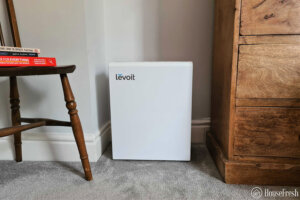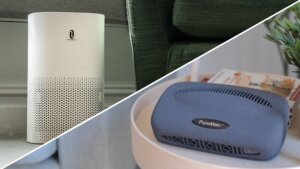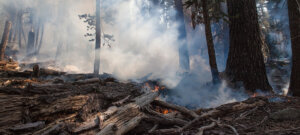Time and time again, we’ve heard of news reports and studies about the ozone layer and the dangers of pollution. But what exactly does it mean? How does it all work and what risks must we look out for daily?
Don’t worry; we will break it all down for you in this article.
We will be going over what ozone is, the difference between good and bad ozone and how it all connects to pollution.
Most importantly, we’ll tell you what you can do to protect yourself from its harmful effects.
What is ozone (and where does it come from)?
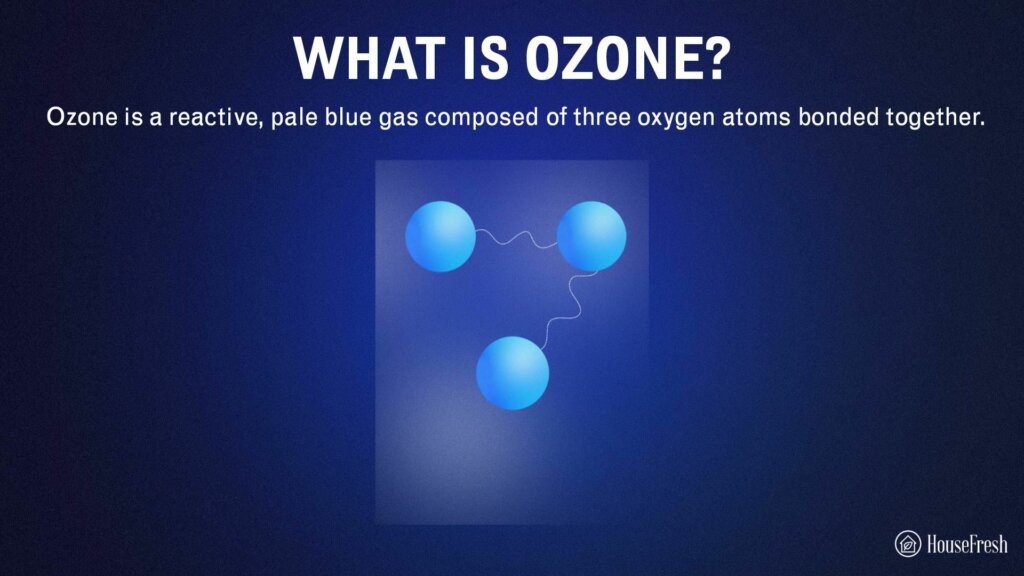
Ozone is a highly reactive, pale blue gas composed of three oxygen atoms bonded together. It is a substance that is both naturally occurring and man-made and, as a relatively unstable molecule has a highly notable impact on the Earth.
Whether this impact is positive or negative depends on where the ozone is located in the atmosphere.
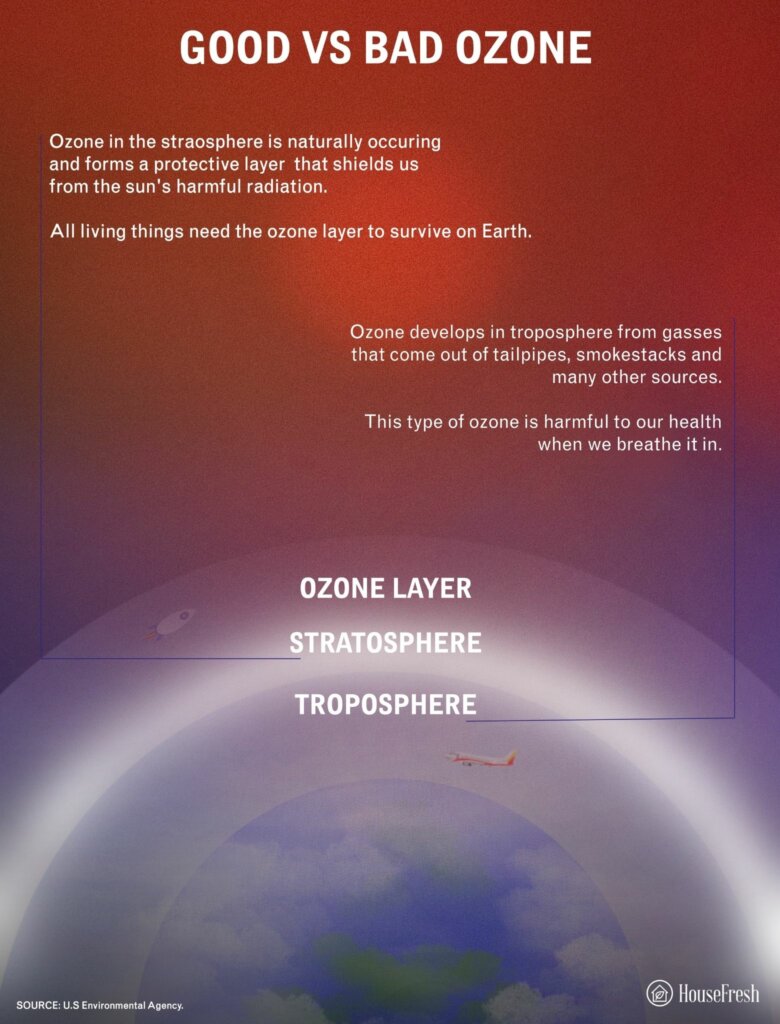
Good ozone: Ozone in the stratosphere
The stratosphere is a layer of the Earth’s atmosphere primarily composed of oxygen and nitrogen. It is located above the troposphere and below and mesosphere, extending around 6 to 30 miles above the surface of the Earth.
The stratosphere is crucial to keeping the Earth’s climate steady and liveable, but what you might know it best for is hosting the ozone layer.
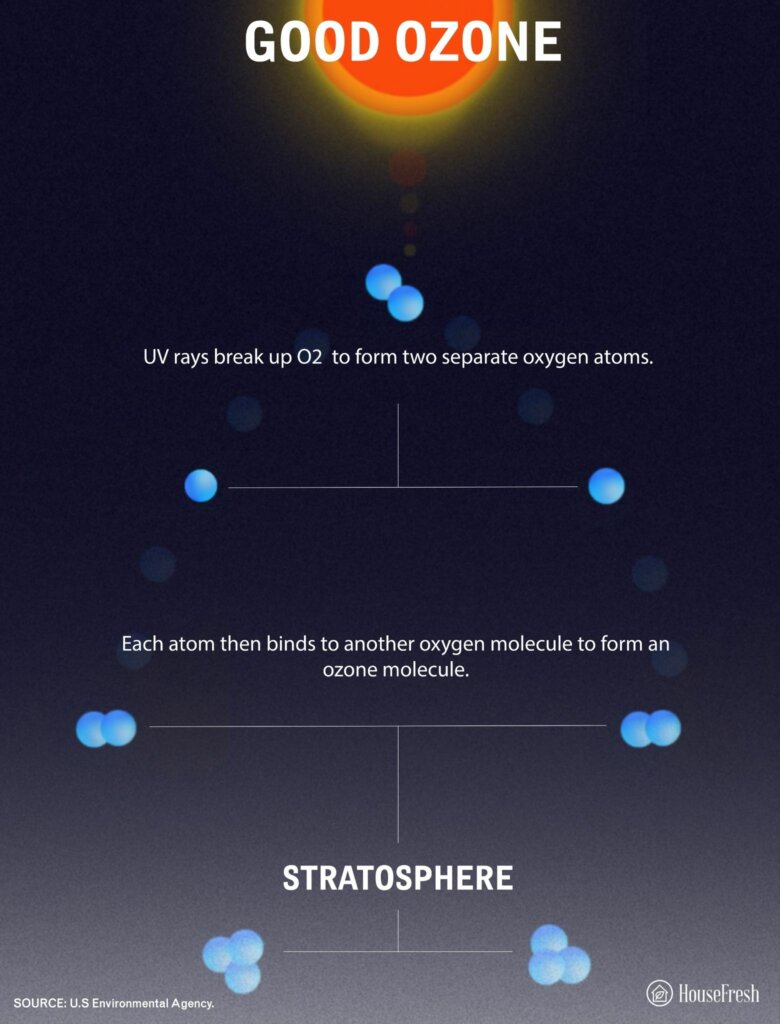
The ozone layer protects us from harmful UV rays from the sun. If the ozone layer were to vanish, we would be exposed to hazardous UV radiation — increasing the risk of skin cancer, cataracts and many other health problems.
It isn’t just humans that rely on the ozone layer for protection — the ozone layer is also essential when it comes to protecting plant life and preventing the depletion of the natural resources on Earth.
Bad ozone: Ozone in the troposphere
Ozone in the troposphere is dangerous and poses many risks. Located between the Earth’s surface and the stratosphere, the troposphere is the lowest layer of the Earth’s atmosphere. It contains approximately 80% of the total mass of the Earth’s atmosphere and has a significant impact on our daily lives. Most of the weather we see daily occurs in the troposphere.
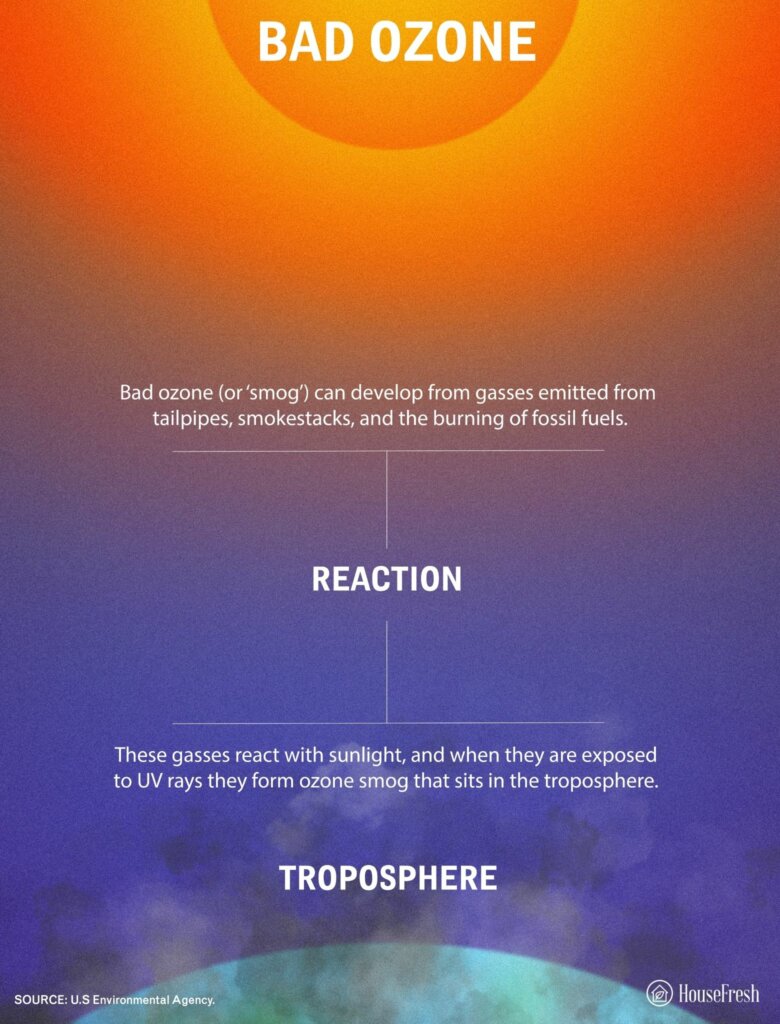
Bad ozone (or ‘smog’) can develop from gasses emitted from tailpipes, smokestacks and many other sources of great concern, such as the burning of fossil fuels or the evaporation of certain chemicals. These gasses react with sunlight, so they form ozone smog in the troposphere when exposed to UV rays.
Once this ozone smog is in the troposphere, we become at risk of breathing it in — which can result in a wide range of adverse effects on our health. Inhalation of this ozone smog can cause throat irritation, chest pain, coughing and damage to lung tissue.
For vulnerable groups such as children, the elderly and people with pre-existing chest and lung-related conditions, these health issues can become extremely dangerous.
The health dangers of bad ozone
You may not give any thought to the air quality, but if it’s polluted with ozone smog, it can have an alarming impact on your health. Traffic pollution is one of the most notorious (and unfortunately, common) ways that this pollution can get into your system.
Whether you are commuting by car or bus every day, walking past these vehicles in the street, or even just living near a busy road or highway — chances are you are breathing in car exhaust pollution.
This pollution can travel vast distances by wind and even affect more rural areas. The smog manifests in particles ranging from 2.5 to 10 microns — though many are categorized under PM2.5.
This means that while these particles are invisible to the human eye, they are also small enough to pass through the lungs, into the bloodstream and eventually reach your organs.
A study by the National Center for Biotechnology Information (NCBI) found that ozone exposure leads to more than 1 million asthma attacks and 750,000 visits to the doctor each year. In addition, the study estimated that ozone pollution causes 17,000 premature deaths each year.
Another harmful emission from this traffic pollution is nitrogen dioxide, which can leave you coughing and wheezing due to an irritated respiratory system.
People with pre-existing respiratory conditions such as asthma are at high risk — and if people without a respiratory illness are exposed to nitrogen dioxide for long enough, they become more prone to developing one.
This onset of asthma — particularly in children — is just one of the major health consequences of traffic pollution, along with:
- Heart attacks
- Increased risk of dementia
- Impaired lung function
- Multiple Sclerosis (MS)
Air purifiers VS. smog
The concept of ozone pollution and the smog that surrounds us daily can seem frightening. However, there is a way to protect ourselves!
If you live in an area with bad air, have any kind of respiratory condition, or simply want to ensure the air you’re breathing is clean and healthy — an air purifier will make all the difference in your life.
Air purifiers are the most effective and convenient ways to purge the air of ozone pollution and keep our respiratory systems clear and healthy. They trap and break down ozone molecules, turning them into oxygen molecules and water vapor via their filter. This keeps the surrounding air clean and breathable while eliminating the health risks of polluted air.
A recent study found that air purifiers can help reduce exposure to smog (bad ozone). The study found that using an air purifier in your home can reduce the amount of smog-related particles in the air by up to 60%.
The study also found that using an air purifier was especially beneficial for people with asthma or other respiratory illnesses.
But what do you need to look for in an air purifier to ensure it works best?
First, a HEPA filter is essential, but looking for an air purifier with an activated carbon filter is vital. This will ensure that airborne gasses are eliminated and contained — meaning they’re gone for good.
Final thoughts
We all need to be cautious about what goes into our bodies. That includes the air we breathe!
Investing in an air purifier can protect us from the short-term effects of pollution and prevent potential health risks in the future.
SOURCES
- Ashton, D. (2022).What Does Ozone Smell Like? housefresh.com
- Cole, G. (2022). How Air Pollution Could Ruin Our Most Beloved Views. housefresh.com
- Environmental Protection Agency. (2022). Ground-level Ozone Basics. epa.gov
- Environmental Protection Agency. (2022). What is Ozone? epa.gov
- Huang, W et al. (2022). Ozone Exposure and Asthma Attack in Children. ncbi.com
- NASA. (2004). Ozone: What is it, and why do we care about it? nasa.gov
- Vannan, K.V. (2015). Enhancing indoor air quality –The air filter advantage. ncbi.com
- World Meteorological Organization (2018). Scientific Assessment of Ozone Depletion. noaa.gov




